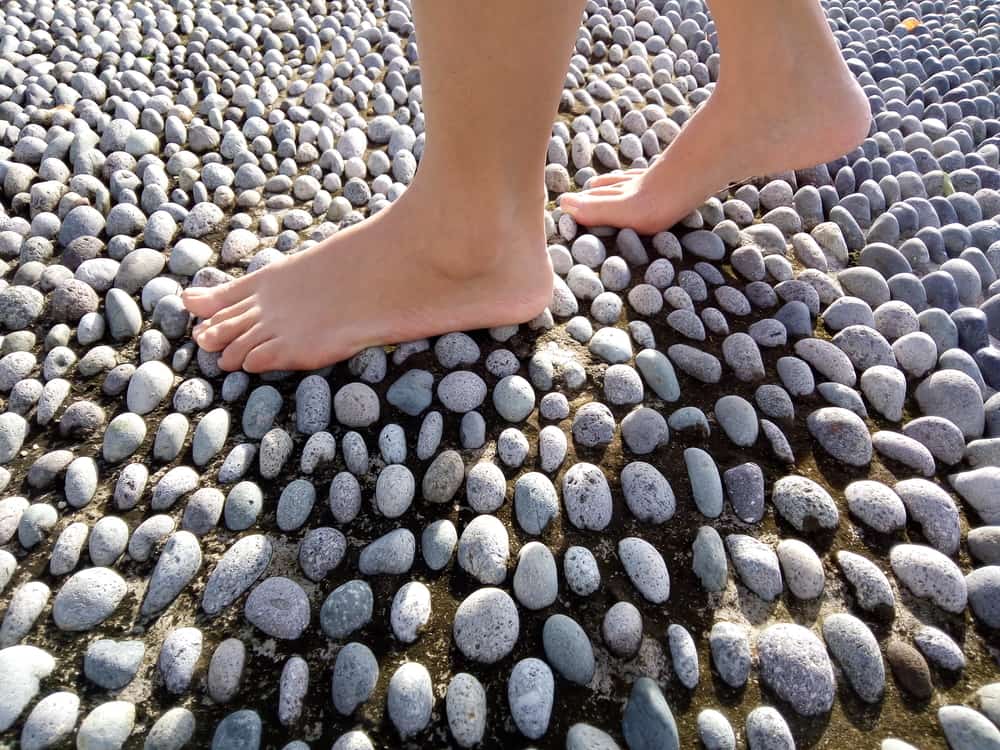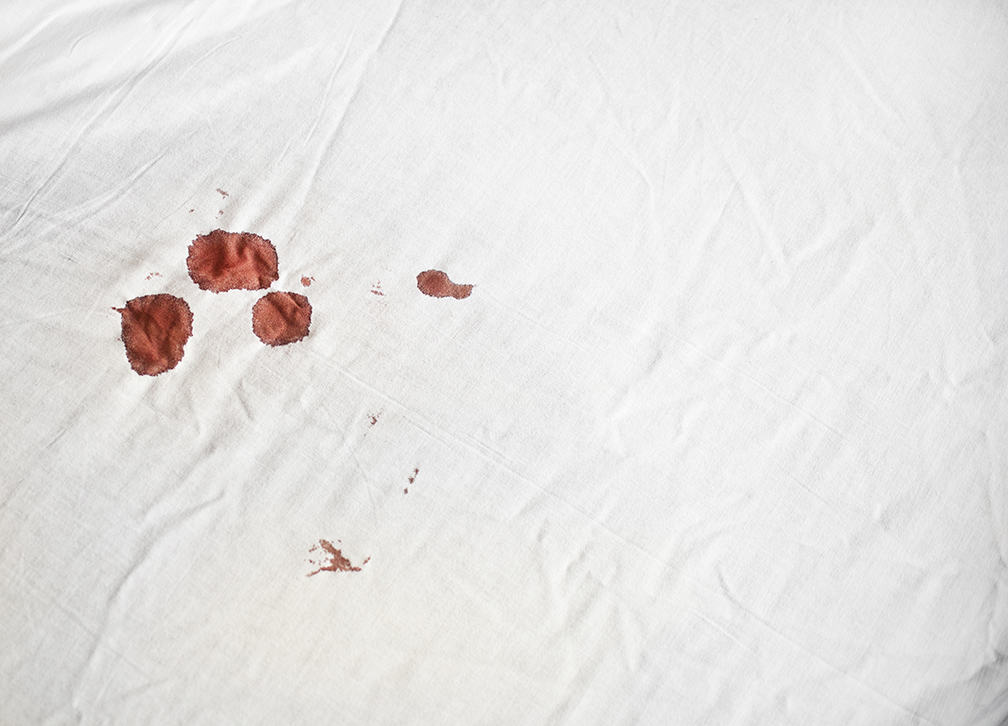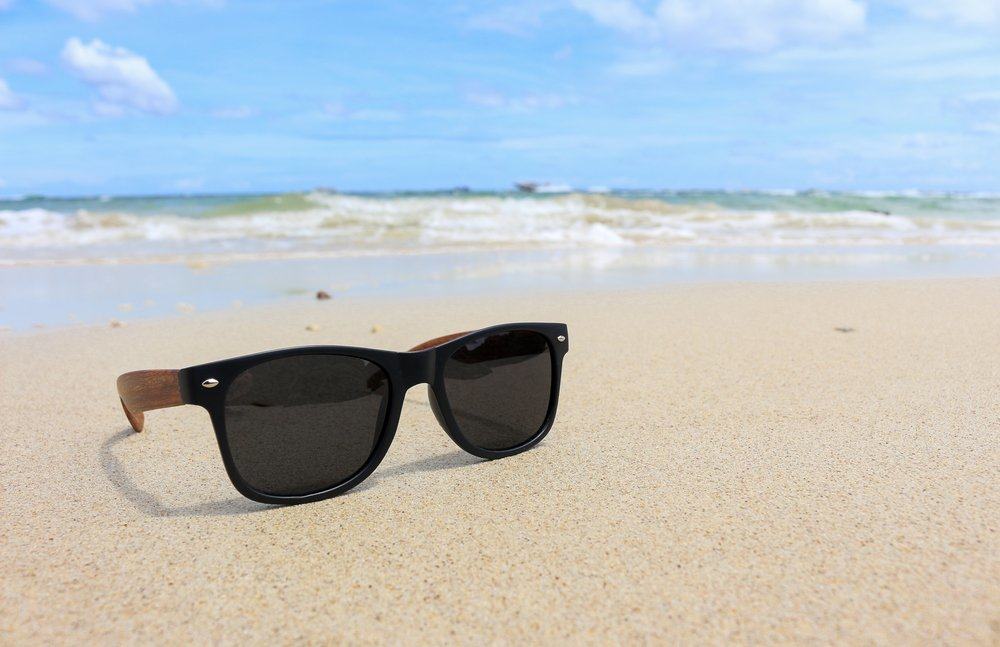Contents:
Medical Video: What is Foot Reflexology - Foot Massage And Benefits - How to do Foot Reflexology Step By Step
Although foot reflexology by walking through the rock pathway is considered a safe and possibly effective healing therapy, this practice may not be a wise choice for diabetics if you want to avoid fatal complications. See the explanation below.
Why can't diabetics massage foot reflexes on foot?
False foot reflexology in the stone pathway can potentially cause blisters or even bleeding. In healthy people, minor scratches like this tend to be not a problem and can heal on their own. But according to a foot surgeon from the United States, Dr. Daniel Cohen, no matter how small and as small a wound as a person with diabetes must be treated properly - especially those that appear on the legs.
Because, people with diabetes tend to have a weak body immune system. This is a result of high levels of sugar in the blood which makes the cells responsible for keeping the immune system weak. Hence, even a slight bleeding or abrasion can become a severe infection if it is not immediately treated properly. When the wound has already become ulcers even immune cells cannot repair the damage quickly.
Diabetic wounds themselves are very susceptible to infection and turn into foot ulcers which will be increasingly difficult to treat. Diabetic wounds that don't heal are caused by obstruction of blood circulation from the heart to the whole body and sugar that is not properly distributed.
Because the injured part of the skin does not get enough oxygen and nutrients, the body's cells are increasingly difficult to repair tissue and nerve damage. As a result, your diabetic wounds never heal or even get worse. Especially if coupled with exposure to germs and bacteria from soil conditions and reflexology massage pathways that are certainly not sterile. Open wounds then become a place for bacteria and viruses to develop, which increases the risk of infection.
Worse yet, infections and wounds on the skin of diabetic foot often are not handled early because of nervous disorders so that the body of diabetics can not feel pain or pressure, especially when doing foot reflexology on the rocks.
This condition is further aggravated by uncontrolled blood sugar levels, wounds that become a nest of bacteria, and lack of fresh blood intake to regenerate wounds can cause tissue death (gangrene). Severe cases of gangrene may require amputation as a final treatment.
Foot health care tips for diabetics
Wounds in the legs of diabetics are usually more difficult to treat and the duration of recovery, and if infected for a long time will cause fatal effects. But there are a number of things you can do to prevent injuries and at the same time handle injuries if they are already done, so that they do not continue to be serious consequences.
1. Check your feet every day
Observe every centimeter-by-centimeter of both feet especially on the toes. Beware of the following signs to avoid injury:
- The skin looks cracked, reddish, accompanied by a feeling of heat - possible signs of fungal infection on the skin
- The toenails look brownish and brittle yellow - this can be caused by a fungal infection
- Toenails grow downward - can press the skin of the toes and cause injury
- Skin buildup on the palm and foot area near the bone - is a sign of calluses, a vulnerable condition experienced especially for diabetics
- Blisters with liquid bubbles - due to friction and pressure on the foot continuously.
Minimizing the risk of infection by keeping your feet clean always dry and warm. Avoid breaking warts (fluid-filled bubble wounds) and cutting the skin layers of the feet that harden due to calluses. Also be careful when cutting the nails that go in to avoid cuts to the toes. Use an anti-bacterial ointment to avoid infection.
2. Treat skin that is already injured
Do not underestimate small wounds, because from small wounds that are not properly treated can be a place for the growth of bacteria that can cause infection. No matter how small the wound, immediately clean and treat before it gets worse.
Clean the wound immediately. To prevent infection, immediately wash your wounds with running water. Then apply a special antibiotic wound ointment. Finally, cover with gauze or sterile bandages. Clean and treat the wound, and replace the bandage every day while continuing to check whether the wound has improved or even worse. Wash with warm water, not hot water. Avoid wetting your feet too long because moist wounds take longer to recover.
There may be abscesses or pus buildup around the wound during healing. So it is recommended to take antibiotics to reduce abscesses. If necessary, do pus suction on the doctor to prevent the infection from continuing.
3. Avoid pressure on the feet
Avoid putting pressure directly on the foot. That is why diabetics are not recommended to do foot massage to step on the rocks. Don't walk too often. If necessary, use a wheelchair or crutch while walking to avoid heavy pressure on the feet. Or, use it total contact cast (TCC) which is shaped like a bandage to coat the feet from the palm to the knees so that the sores on the legs avoid pressure.
4. Use safe and closed footwear
Thick and closed footwear will prevent diabetics from being exposed to things that have the potential to hurt the skin.
Here are some things to consider in choosing footwear for diabetics:
- Never leave home without wearing footwear
- Use footwear with a thick layer of soles and can protect the feet from damp and cold weather conditions
- Avoid using high heels and shoes with pointed and too tight ends so that it presses the surface of the foot
- Don't use sandals with open ends
- Change your socks once a day and choose loose / not tight socks
5. Regularly check with the doctor
Check the wound to the doctor, no matter how small it is. Don't wait until the wound gets worse and bigger. The smaller and the earlier the wound is examined by a doctor, the higher and faster the healing process.
Immediately contact your doctor if your wound is getting worse and symptoms of the infection appear such as swelling, suppuration, or you have a fever. You also have to go to the doctor immediately if there are ulcers on your skin at this time. Infection of the feet of diabetics is usually caused by various germs. Consumption of antibiotics can avoid ongoing infections. Mild to severe infections can be treated with several antibiotics such as cephalexin, amoxicillin, moxifloxacin, or clindamycin.
And to keep in mind: check-up to a doctor is not just to check for wounds, but also to control your blood sugar. Always control blood sugar levels to minimize the development of neuropathy (nerve disorders) in the legs and prevent gangrene.












